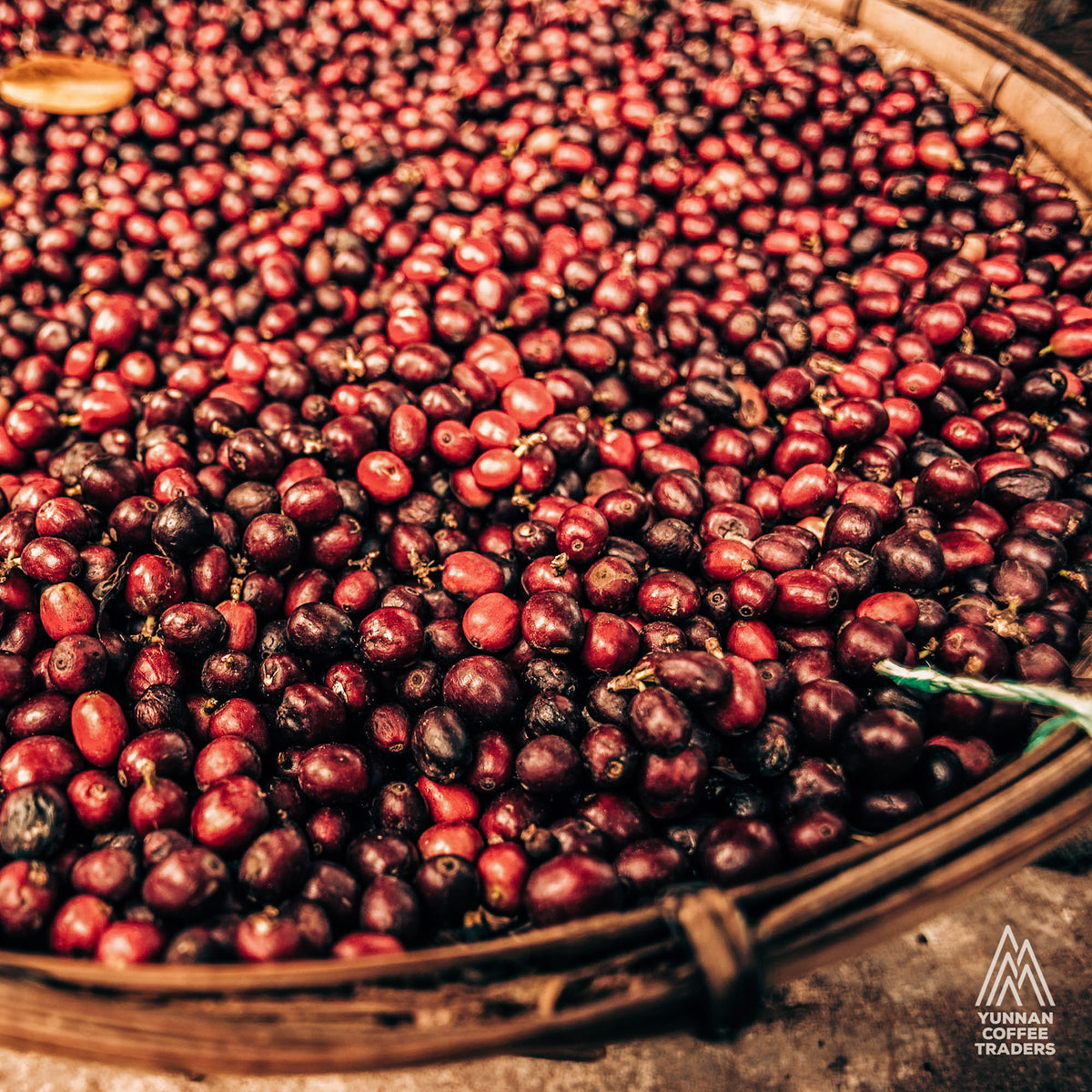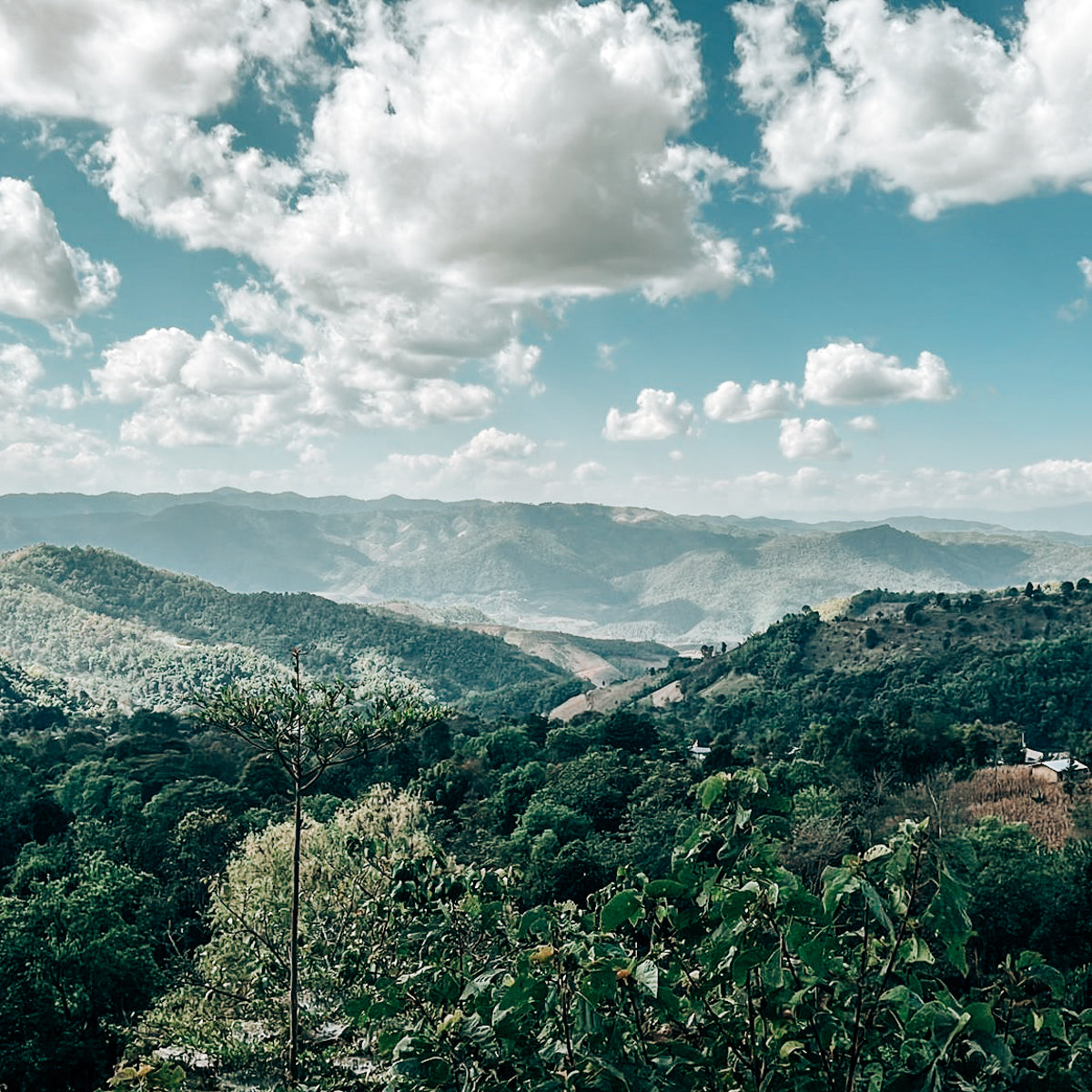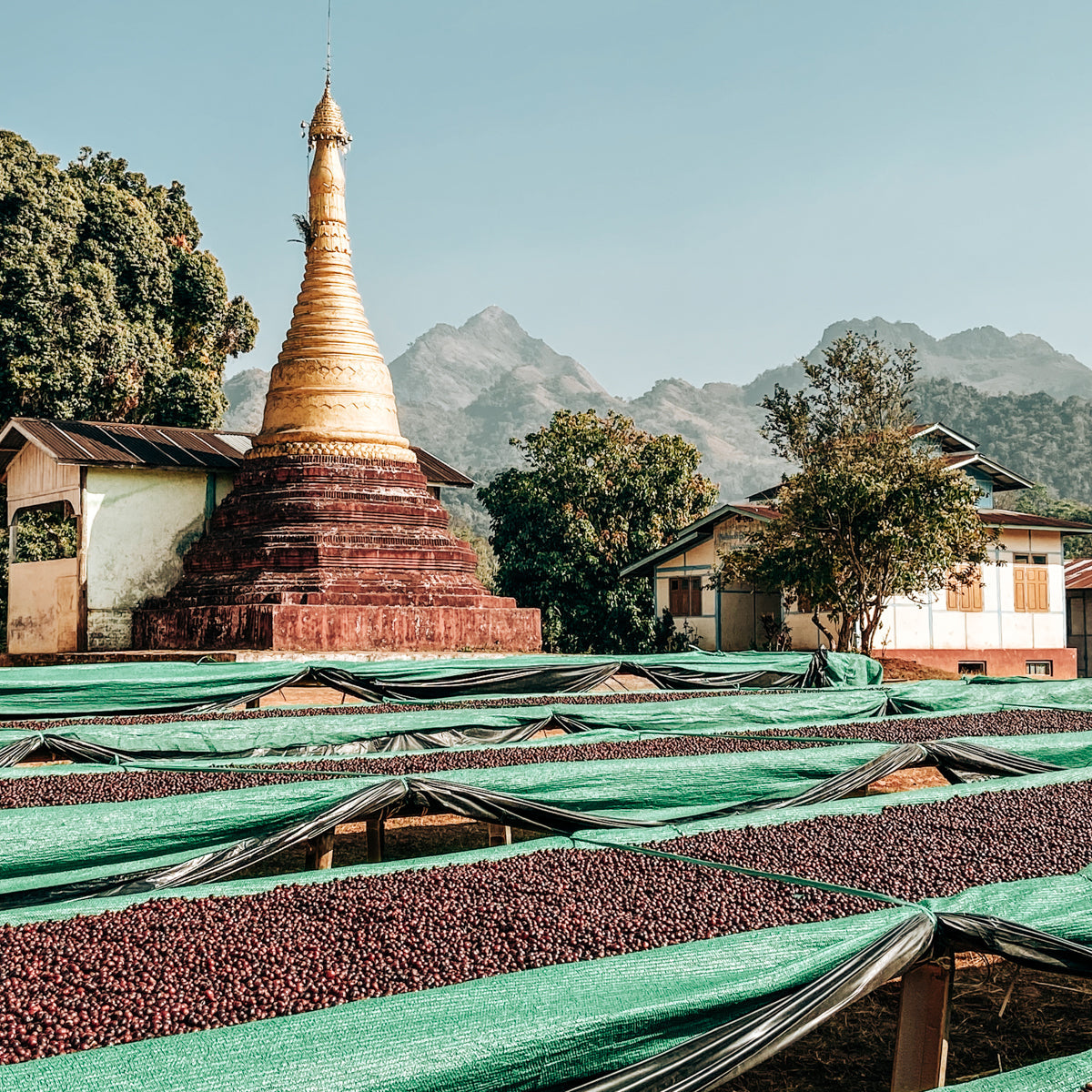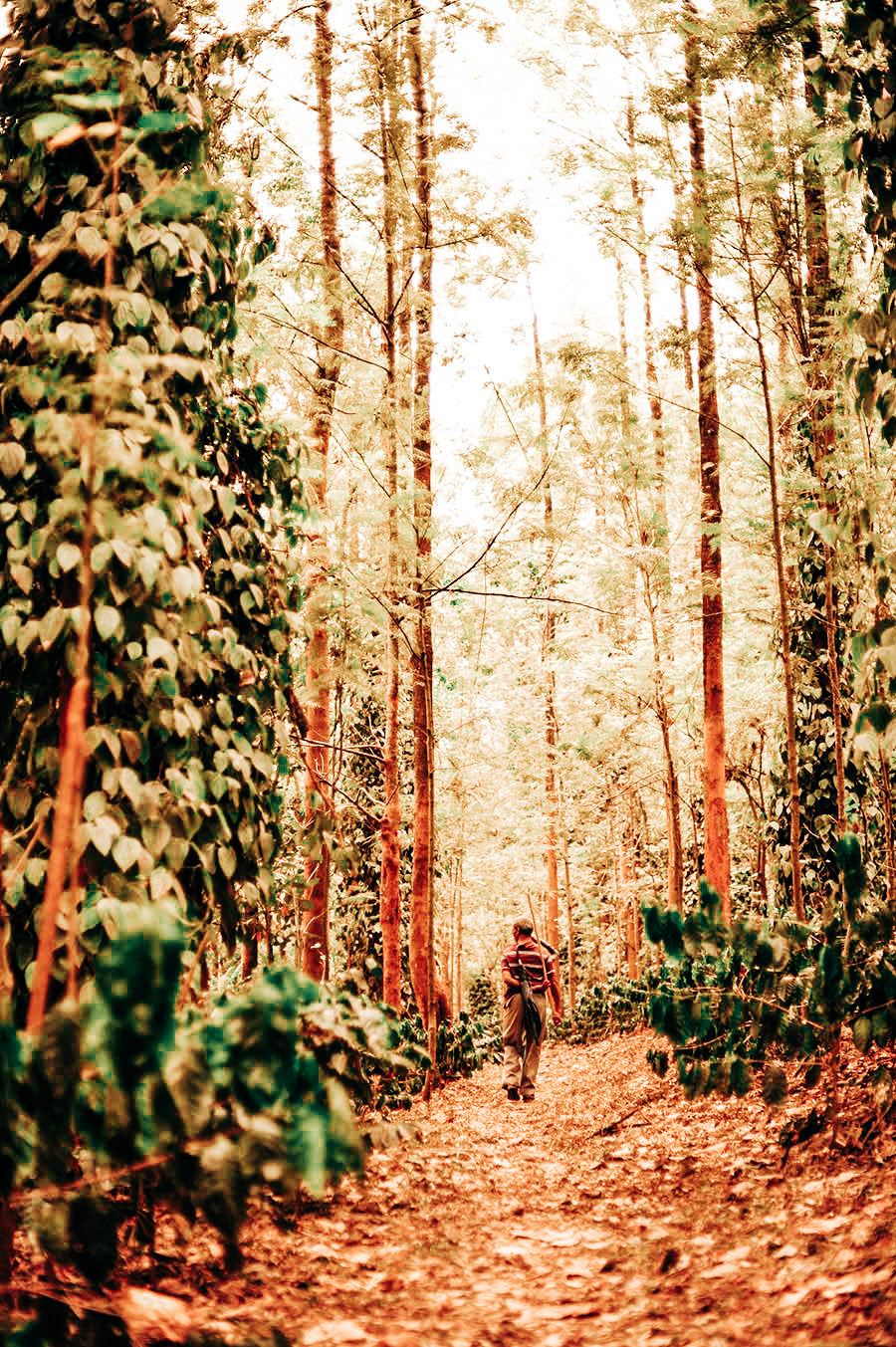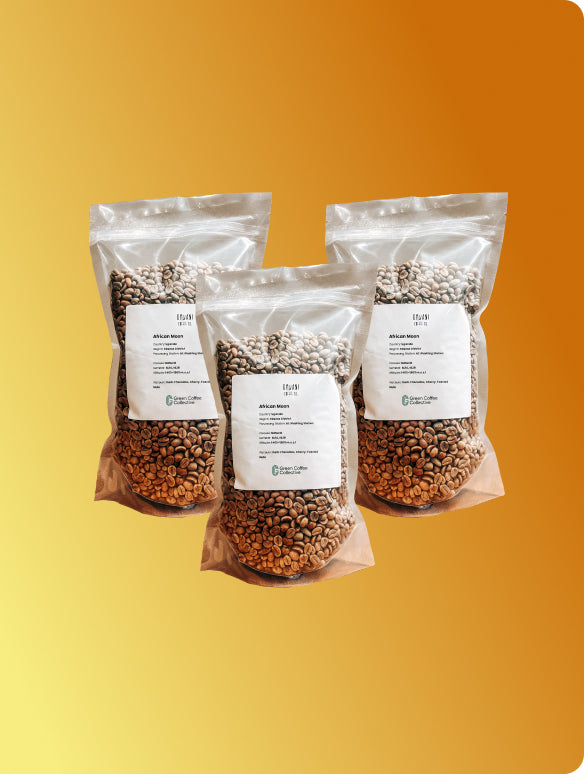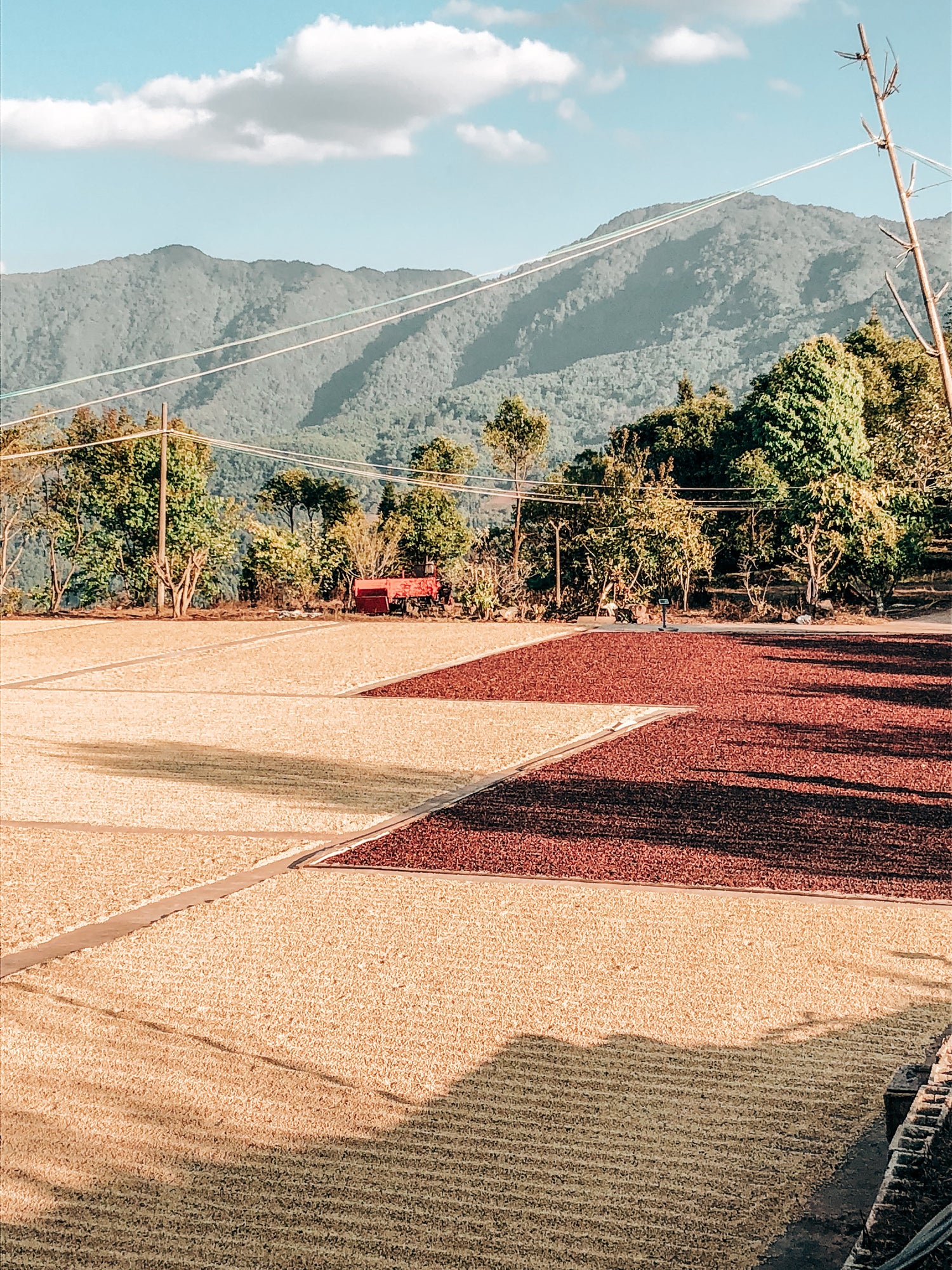
China Green Coffee Beans
Chinese coffee is becoming increasingly well-known in the speciality coffee world, offering roasters the chance to showcase unique, nuanced flavours in every cup. We provide both wholesale quantities and smaller batches to suit your specific needs, allowing you to explore the distinctive qualities of Chinese coffee with flexibility and precision.
-
Banka Natural
Processing methodVarietalCatimor (P3 / P4)Main flavour notesCherry Compote | Milk Chocolate | CaramelOut of Stock
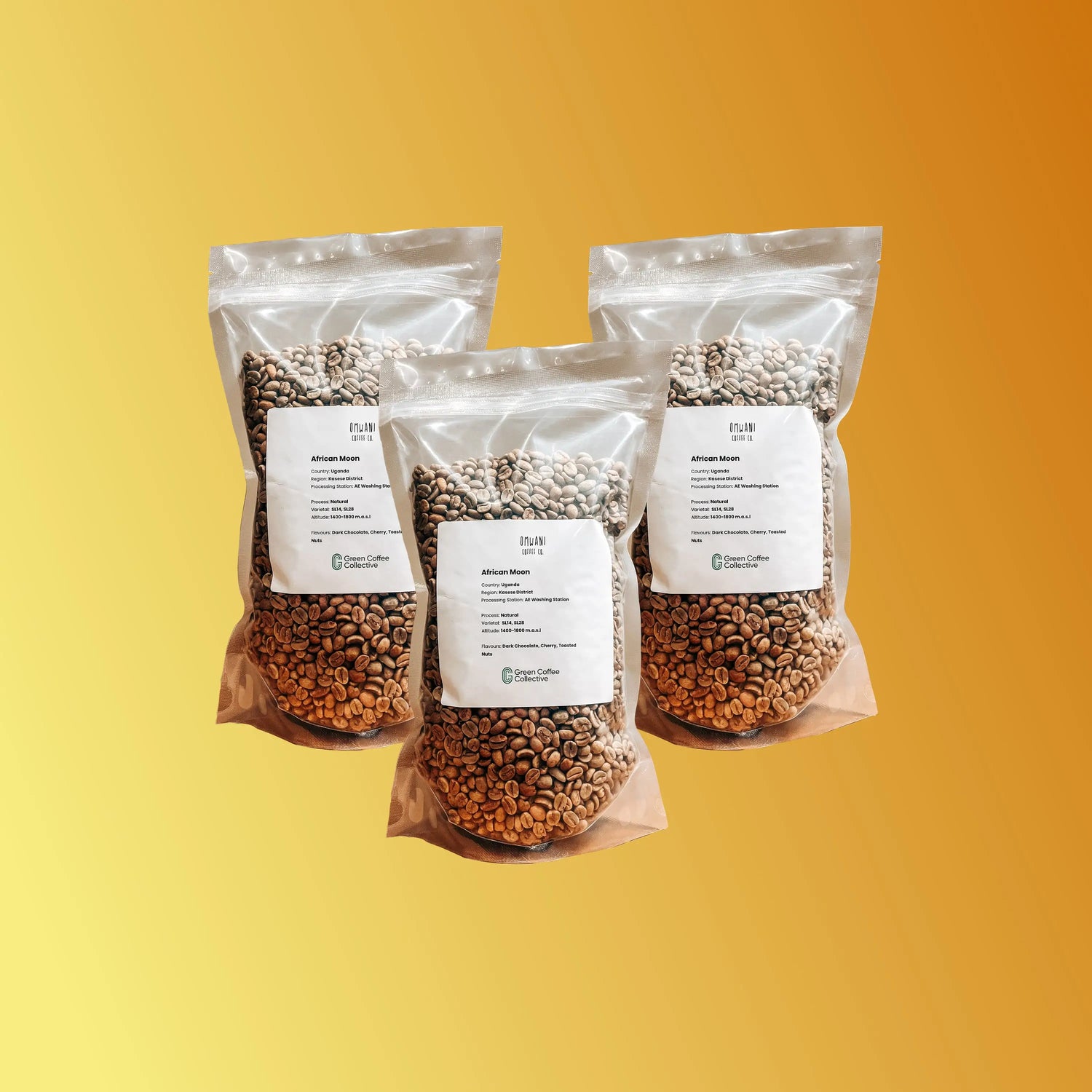
Your guide to China Green Coffee Beans
-
What is the history of coffee in China?
-
Where is coffee grown in China?
-
How do we source coffees from farmers in China?
-
Discover the Rising Gem of Speciality Coffee: China Green Coffee Beans
-
Why China Green Coffee Beans Are Gaining Global Attention
-
Why Roasters Love China Green Coffee Beans
-
Flavor Profile & Cupping Notes of China Green Coffee Beans
-
Coffee-Growing Regions of China
-
Varietals & Species in China’s Coffee Production
-
Harvest Seasons & Availability of China Green Coffee Beans
-
Processing Methods in China
-
Notable Varieties of China Green Coffee Beans
-
Usage & Versatility of China Green Coffee Beans
-
Best Brewing Methods for China Green Coffee Beans
-
Quality Standards for Green Coffee Beans in China
-
Sourcing & Traceability
-
Buy 100% High-Quality China Green Coffee Beans

